Lepista nuda: champignon à pied bleu
2 years ago · Updated 6 months ago
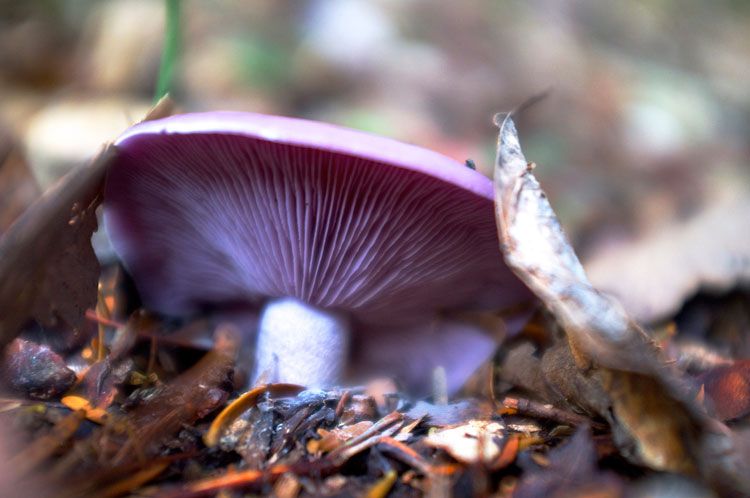
Blue sheep's foot, clitocybe, lepista, purple foot. . . the mushroom with a thousand names
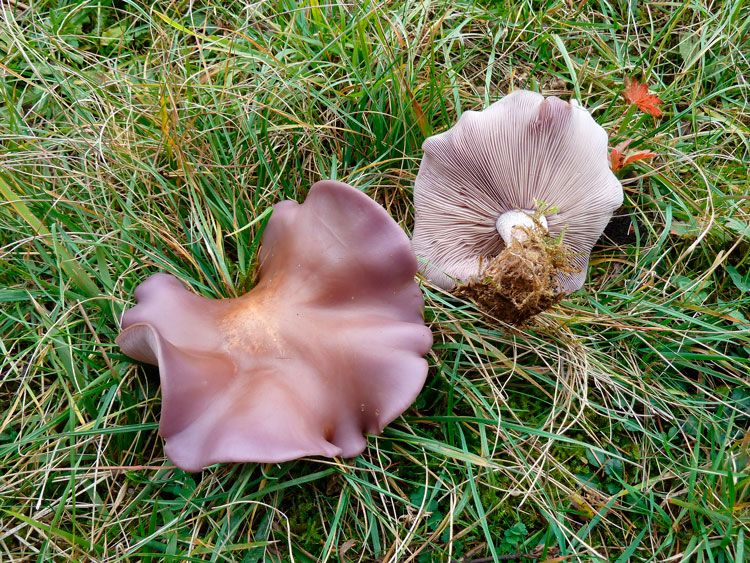
Although its scientific name is Clitocybe nuda, this colorful and singular mushroom is commonly known as blue sheepsfoot, purple foot or lepista nuda. It's a very popular mushroom, and therefore widely consumed in foraging areas. That's why the list of popular names is wide and varied. Thus, some names for lepista are borracha, pezón azul, pé azul (galego), pimpinela morada or escarlet morat (Catalan), blaveta (malloquin) and hiza hankaurdin u oin urdin (euskera).
In other languages, it's known as pied bleu (French), Wood blewit (English), agarico violeto (Italian)
How to tell blue foot mushrooms apart, lepista nuda
This peculiar and striking mushroom is fairly simple to differentiate and identify, although you need to know its characteristics to avoid any doubts. So let's explain what are the characteristics of this edible mushroom, the blue foot mushroom.
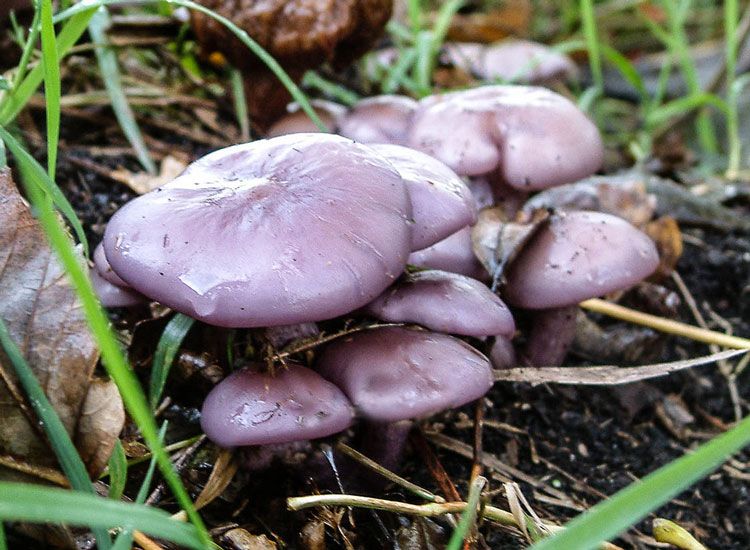
Hat
It can grow to a considerable size, although as adults we'll find them between 4 and 14 cm. Its characteristic violet-blue or violet-brown color allows us to differentiate it easily.
In adult specimens, the violet hue can fade to a creamy-brown hue. The shape of the cap evolves from convex to flat as the sporophore develops.
Blades
They are very tight, thin and tend to detach easily. Echancered and slightly decurrent in developed specimens.
Foot
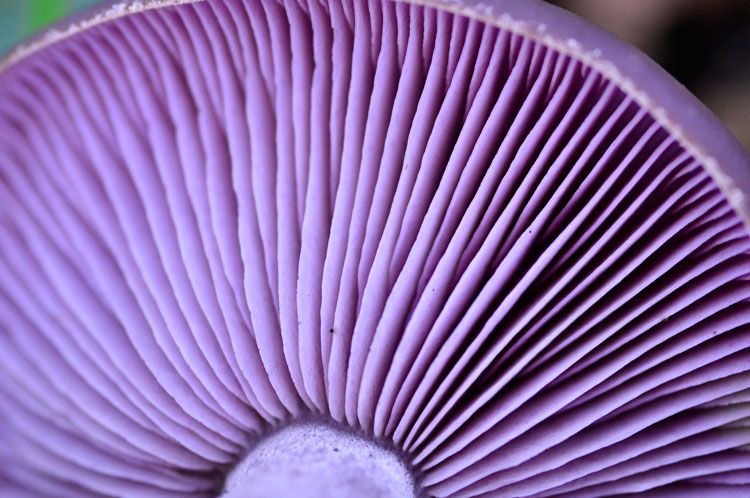
Cylindrical in shape and bluish in tone with bulbous base. May reach between 5 and 10 cm.
Chair
Tender and fragile, with a fruity aroma and pleasant flavor. Although not recommended to be eaten raw as it is toxic to some people. The color is whitish.
Where to look for blue foot?
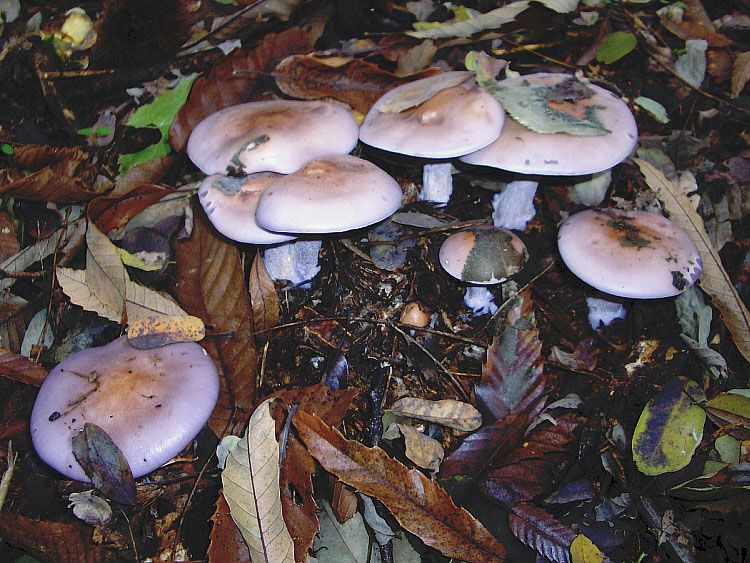
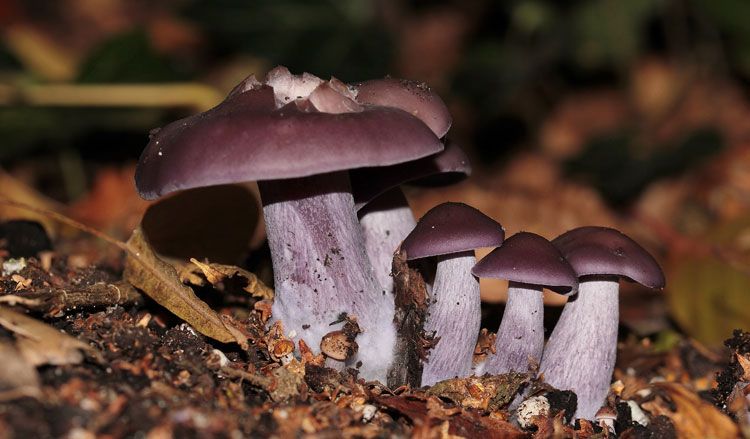
It is a saprophytic species, so it likes soil rich in humus and decomposing matter. It grows on little-traveled roadsides and trails, as well as in coniferous and deciduous forests. It also likes to grow near heather.
It's a widespread and frequent-appearing mushroom, so we can find it almost anywhere if we look properly
When should we look for blue foot fungus?
It's an autumn mushroom, but one of this season's latest. The purple foot mushroom likes the cold, so it's more common to find it in the second half of autumn, or even in winter. It's also usual to find a few small blooms in spring, but in smaller quantities than in autumn.
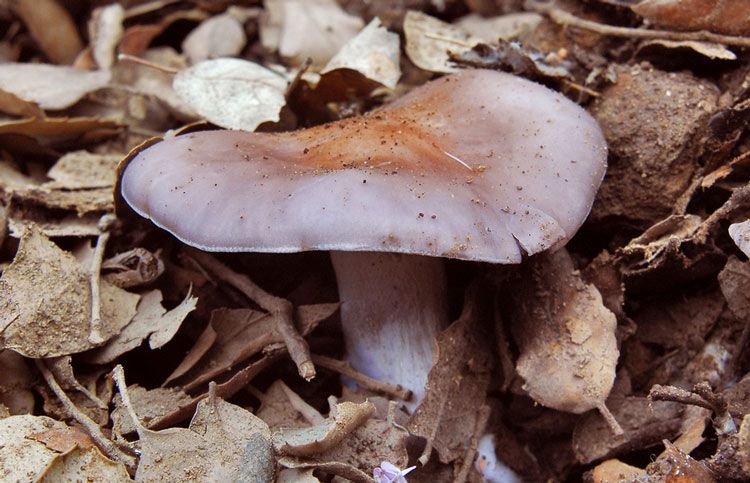
It tends to grow in large groups, so if we're lucky enough to find a good lepista nuda mushroom bed, we'll have to load a good number of them into our wicker basket.
Can I confuse lepista nuda with other poisonous or toxic mushrooms?
The blue foot mushroom can be confused with other specimens, whether they're lepista similar in color and shape, or other purplish-toned species. In any case, they are not poisonous mushrooms.
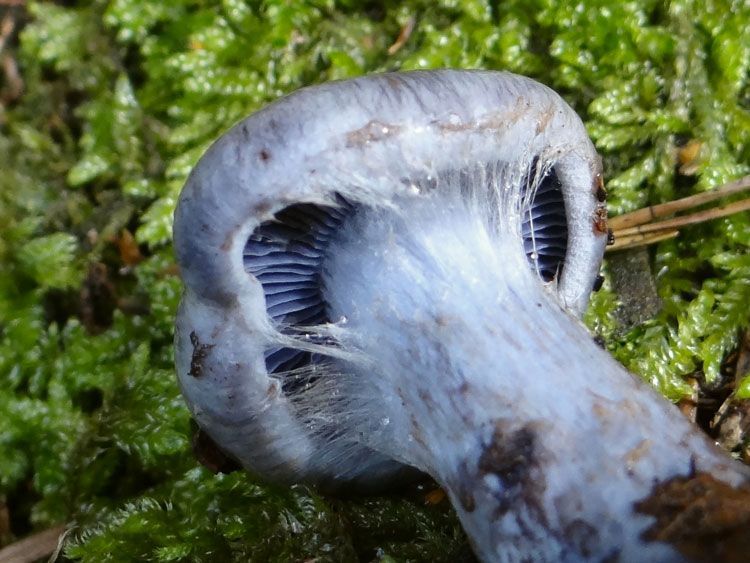
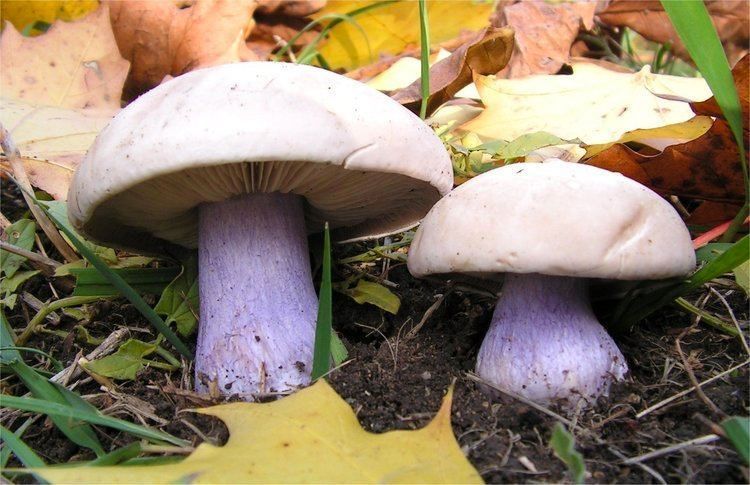
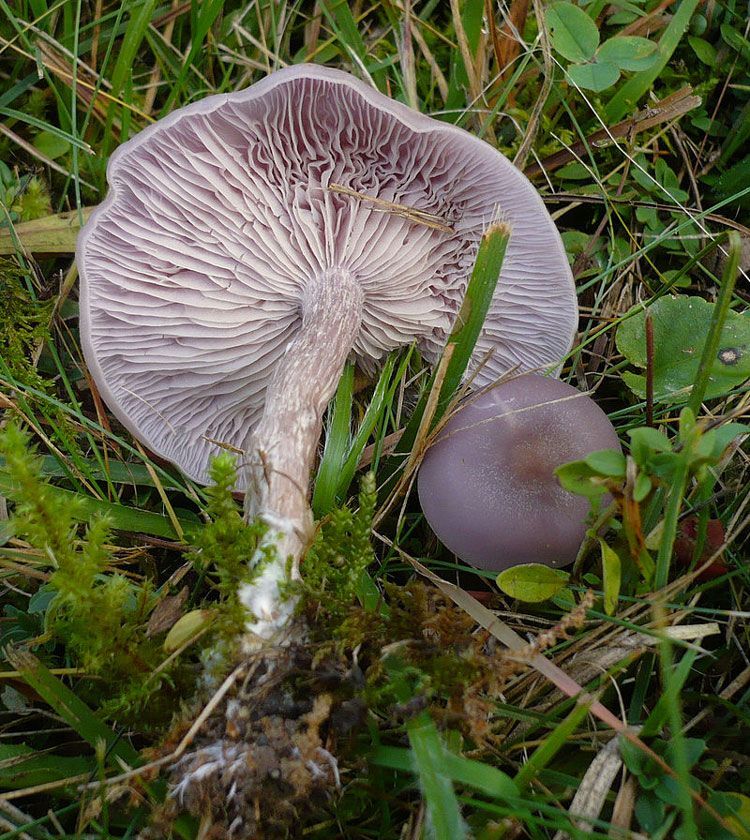
Some of the species we can go wrong with when identifying a blue foot are:
- Lepista sordida: this species is smaller in size and less consistent
- Lepista personata: this is a meadow and meadow mushroom and its hue is mainly cream. It has only purple in its stem
- Cortinarius caerulescens: brown-toned, margined vulva and white cortina characteristic of the cortinarius genus
Photographs of blue-footed mushroom
This species of mushroom is very photogenic and thanks to its blue and lilac hues, it's one of the most photographed mushrooms. Images and photos of lepista nuda fill the networks when it's in season to appear.
Can I grow lepista nuda?
This mushroom is marketed harvested in cultures, as it is very easy to reproduce. If we want to cultivate mushrooms step by step and create our own lepista nuda mushroom farm at home, all we'll need to do is bury remnants of mycelium collected in the mountains. If we have a garden or fertilized land and wait a few seasons, we'll probably start harvesting our own bluefoot mushrooms.
Intolerance of the naked clitocybe, purple foot mushroom
Although its gastronomic use is widespread and popularized, it's true that a small number of people have some intolerance to this fungal species. Mainly when the mushroom has been undercooked. If we're going to cook this mushroom, we'll need to do so conscientiously to avoid indigestion.
Health and mushrooms!

Te pueden interesar